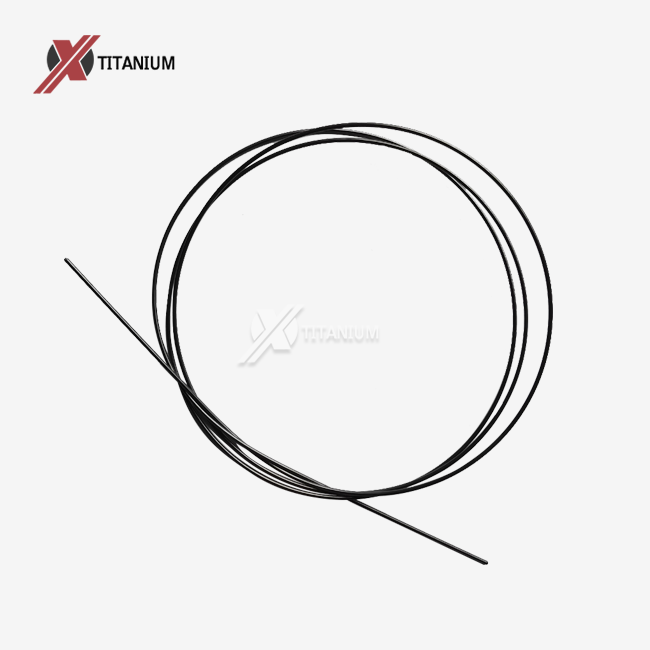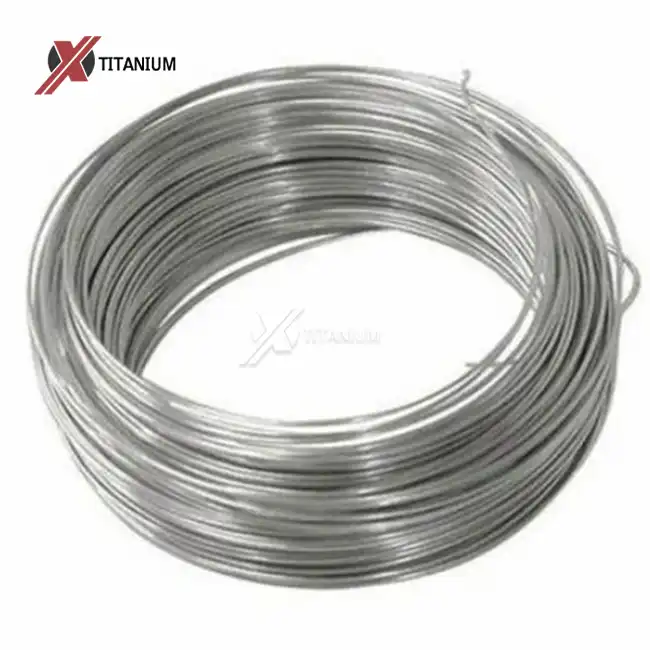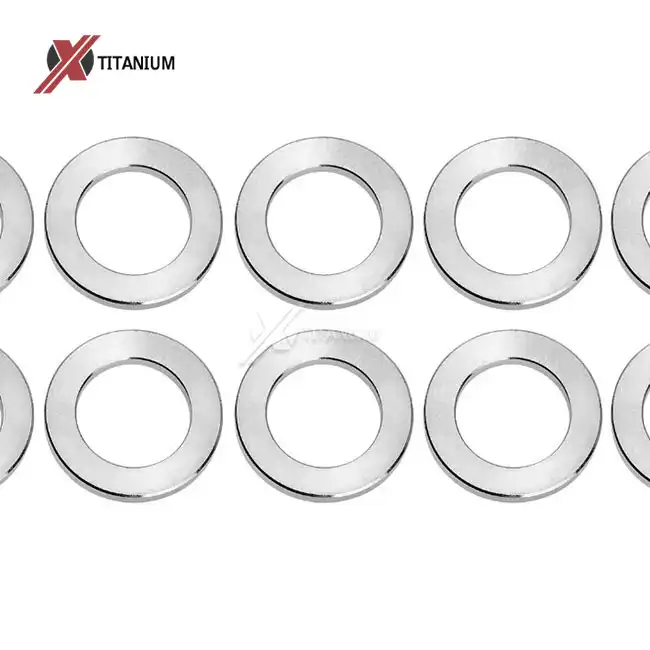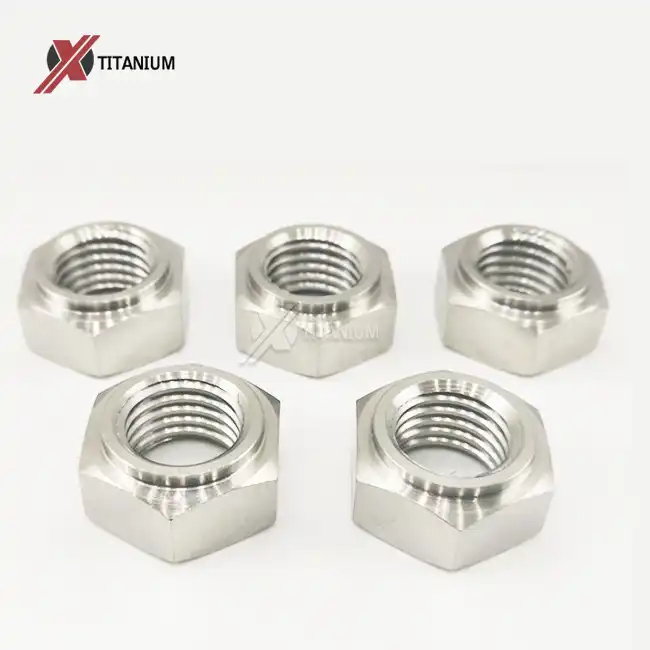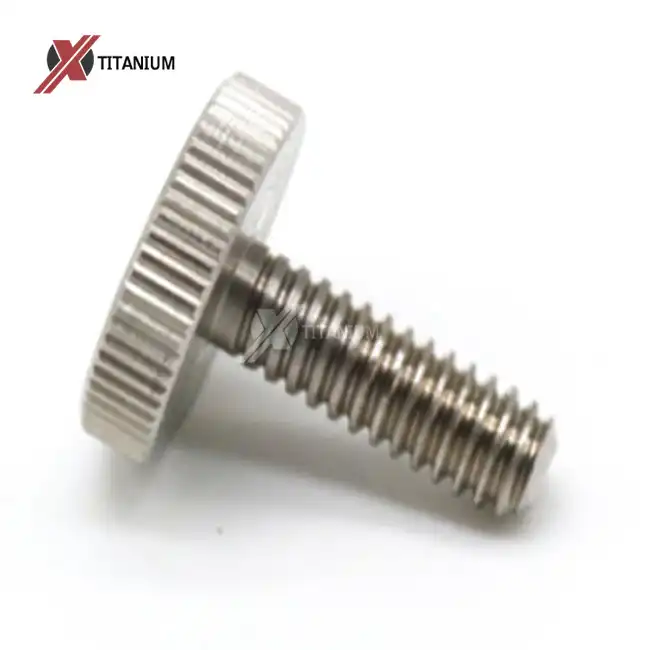Comprehending the Unique Properties of Nickel Titanium Memory Wire
Shape Memory Effect: The Cornerstone of Nitinol's Functionality
The shape memory effect is perhaps the most fascinating property of nickel titanium memory wire. This phenomenon allows the material to "remember" its original shape and return to it when heated above a specific transformation temperature. At the molecular level, this behavior is attributed to a reversible, temperature-dependent phase transformation between two crystal structures: martensite at lower temperatures and austenite at higher temperatures.
When the wire is in its martensitic state, it can be easily deformed. However, upon heating to its transformation temperature, it undergoes a phase change to austenite, causing it to revert to its original shape. This unique ability has revolutionized various industries, enabling the creation of self-expanding stents in medical applications, temperature-activated safety devices, and innovative actuators in robotics.
Superelasticity: Unparalleled Flexibility and Resilience
Superelasticity, also known as pseudoelasticity, is another remarkable property of nickel titanium memory wire. This characteristic allows the material to undergo large deformations without permanent damage, returning to its original shape once the stress is removed. Unlike traditional elastic materials that follow Hooke's Law, superelastic Nitinol can withstand strains up to 10 times greater than ordinary spring materials.
The superelastic behavior is a result of stress-induced martensite formation. When stress is applied, the austenitic crystal structure transforms into martensite, allowing the material to accommodate large strains. Upon removal of the stress, the martensite reverts to austenite, and the material returns to its original shape. This property makes nickel titanium memory wire ideal for applications requiring high flexibility and durability, such as orthodontic archwires, eyeglass frames, and cellular phone antennas.
Biocompatibility and Corrosion Resistance: Expanding Medical Possibilities
The biocompatibility of nickel titanium memory wire has opened up numerous possibilities in the medical field. Despite containing nickel, which can cause allergic reactions in some individuals, Nitinol forms a stable titanium oxide layer on its surface, effectively isolating the nickel from bodily tissues. This passivation layer not only contributes to its biocompatibility but also enhances its corrosion resistance.
The exceptional corrosion resistance of Nitinol, particularly in saline environments, makes it suitable for long-term implants and devices exposed to bodily fluids. This property, combined with its shape memory and superelastic characteristics, has led to the development of minimally invasive medical devices such as self-expanding stents, guidewires for catheters, and orthodontic appliances.
Moreover, the corrosion resistance of nickel titanium memory wire extends its applicability beyond the medical field. It finds extensive use in marine environments, where traditional materials might succumb to the corrosive effects of saltwater. From offshore oil and gas equipment to underwater sensors and actuators, Nitinol's durability in harsh conditions makes it a valuable material in marine engineering.
Manufacturing Processes and Quality Control of Nickel Titanium Memory Wire
Cold Rolling and Hot Rolling: Shaping the Future of Nitinol
The production of high-quality nickel titanium memory wire involves sophisticated manufacturing processes, with cold rolling and hot rolling being two critical techniques. Cold rolling is typically employed to reduce the wire's diameter and improve its mechanical properties. This process involves passing the wire through a series of rollers at room temperature, which work-hardens the material, increasing its strength and reducing its ductility.
Hot rolling, on the other hand, is performed at elevated temperatures, usually above the recrystallization temperature of the alloy. This process allows for greater deformation and helps in achieving the desired shape and size of the wire. Hot rolling also helps in homogenizing the microstructure of the alloy, which is crucial for consistent shape memory and superelastic properties.
Annealing and Pickling: Refining the Material's Properties
After rolling, the nickel titanium memory wire undergoes annealing, a heat treatment process that relieves internal stresses, restores ductility, and fine-tunes the shape memory properties. The annealing temperature and duration are carefully controlled to achieve the desired transformation temperatures and mechanical characteristics.
Pickling is another essential step in the manufacturing process. This chemical treatment removes surface oxides and contaminants, ensuring a clean and uniform surface. The pickling process typically involves immersing the wire in an acid solution, followed by thorough rinsing and drying. This step is crucial for achieving consistent surface properties and corrosion resistance.
Surface Treatments and Quality Testing: Ensuring Superior Performance
The surface finish of nickel titanium memory wire plays a significant role in its performance and appearance. Various surface treatments can be applied depending on the intended application. These include:
- Bright finishing: Produces a smooth, reflective surface
- Polishing: Enhances smoothness and reduces surface roughness
- Acid cleaning: Removes surface impurities and improves corrosion resistance
- Sandblasting: Creates a matte finish and can improve adhesion for coatings
Quality control is paramount in the production of nickel titanium memory wire. Rigorous testing procedures are implemented to ensure that each batch meets the required specifications. Some of the key tests include:
- Hardness tests: To verify the material's strength and durability
- Bending tests: To assess flexibility and shape memory properties
- Hydrostatic tests: To evaluate resistance to pressure and leaks
- Transformation temperature tests: To confirm the correct phase transition temperatures
- Fatigue tests: To ensure long-term reliability under cyclic loading
These comprehensive manufacturing processes and quality control measures ensure that the nickel titanium memory wire produced meets the highest standards of performance and reliability, making it suitable for a wide range of demanding applications.
Applications and Future Prospects of Nickel Titanium Memory Wire
Medical Marvels: Revolutionizing Healthcare with Nitinol
The unique properties of nickel titanium memory wire have led to groundbreaking advancements in the medical field. Its biocompatibility, combined with shape memory and superelastic characteristics, has enabled the development of innovative medical devices and implants. Some notable applications include:
- Self-expanding stents: These devices can be compressed into a small diameter for minimally invasive insertion and then expand to their predetermined shape once in place, providing support to blood vessels or other bodily passages.
- Orthodontic archwires: The superelasticity of Nitinol allows for the application of constant, gentle force over a wide range of tooth movement, improving the efficiency of orthodontic treatments.
- Surgical instruments: Shape memory properties are utilized in creating tools that can change shape within the body, enabling less invasive surgical procedures.
- Cardiovascular devices: From guidewires for catheters to vena cava filters, Nitinol's flexibility and kink resistance make it ideal for navigating complex vascular systems.
The ongoing research in the medical field continues to uncover new potential applications for nickel titanium memory wire, promising further advancements in patient care and treatment options.
Industrial Innovations: Enhancing Performance Across Sectors
Beyond healthcare, nickel titanium memory wire finds extensive use in various industrial applications, leveraging its unique properties to solve complex engineering challenges. Some key areas include:
- Aerospace: Nitinol is used in aircraft hydraulic couplings, vibration dampers, and adaptive wing structures, taking advantage of its fatigue resistance and temperature-responsive behavior.
- Automotive: Shape memory alloys are employed in climate control systems, self-repairing car bodies, and engine components, contributing to improved efficiency and safety.
- Robotics: The wire's ability to contract when heated makes it an excellent choice for creating compact, lightweight actuators in robotic systems.
- Consumer electronics: Nitinol is used in mobile phone antennas, laptop hinges, and other devices where durability and space-saving designs are crucial.
The versatility of nickel titanium memory wire continues to inspire engineers and designers to push the boundaries of what's possible in various industries, leading to more efficient, durable, and innovative products.
Sports and Recreation: Enhancing Performance and Safety
The unique properties of nickel titanium memory wire have also found their way into the world of sports and recreation, offering improved performance, comfort, and safety. Some notable applications include:
- Golf club inserts: Nitinol's superelasticity is utilized to create club faces that flex upon impact, increasing the sweet spot and improving energy transfer to the ball.
- Bicycle frames: Shape memory alloys are used to create frames that can absorb shocks and vibrations, providing a smoother ride.
- Ski and snowboard bindings: The temperature-responsive nature of Nitinol is employed in creating bindings that adjust their release tension based on environmental conditions, enhancing safety.
- Protective gear: From helmets to shin guards, Nitinol's ability to absorb and distribute impact energy is being explored to create more effective protective equipment.
As research continues, we can expect to see even more innovative applications of nickel titanium memory wire in sports equipment and recreational products, enhancing both performance and safety for athletes and enthusiasts alike.
Conclusion
Nickel titanium memory wire, with its extraordinary properties of shape memory effect, superelasticity, biocompatibility, and corrosion resistance, has emerged as a game-changing material across various industries. From revolutionizing medical treatments to enhancing industrial processes and improving sports equipment, its versatility continues to inspire innovation. The sophisticated manufacturing processes, including cold rolling, hot rolling, annealing, and pickling, coupled with rigorous quality control measures, ensure the production of high-quality Nitinol wire that meets the demanding requirements of diverse applications. As research progresses, we can anticipate even more groundbreaking uses for this remarkable alloy, further pushing the boundaries of what's possible in engineering and material science.
Are you intrigued by the possibilities of nickel titanium memory wire for your next project? At Baoji Chuanglian New Metal Material Co., Ltd., we specialize in the research, production, and machining of high-quality titanium products, including Nitinol wire. With over a decade of experience in titanium product manufacturing, we offer expertise that spans across various industries. Whether you're in the medical field, aerospace sector, or developing innovative consumer products, our team is ready to assist you in finding the perfect titanium solution. For more information about our nickel titanium memory wire and other titanium products, please don't hesitate to contact us at info@cltifastener.com or djy6580@aliyun.com.
References
1. Otsuka, K., & Ren, X. (2005). Physical metallurgy of Ti–Ni-based shape memory alloys. Progress in Materials Science, 50(5), 511-678.
2. Duerig, T., Pelton, A., & Stöckel, D. (1999). An overview of nitinol medical applications. Materials Science and Engineering: A, 273, 149-160.
3. Mohd Jani, J., Leary, M., Subic, A., & Gibson, M. A. (2014). A review of shape memory alloy research, applications and opportunities. Materials & Design, 56, 1078-1113.
4. Pelton, A. R., Stöckel, D., & Duerig, T. W. (2000). Medical uses of nitinol. Materials Science Forum, 327, 63-70.
5. Sun, L., Huang, W. M., Ding, Z., Zhao, Y., Wang, C. C., Purnawali, H., & Tang, C. (2012). Stimulus-responsive shape memory materials: A review. Materials & Design, 33, 577-640.
